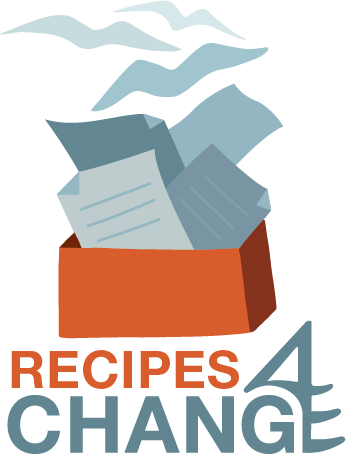What Is NLP?
Neuro-Linguistic Programming (NLP) studies the structure of how humans think and experience the world. Obviously, the structure of something so subjective does not lend itself to precise, statistical formulae but instead leads to models of how these things work. From these models, techniques for quickly and effectively changing thoughts, behaviours and beliefs that limit you have been developed.
“The purpose of the model is to enable the user to do a better job in handling the enormous complexities of life. By using models, we see and test how things work and can even predict how things will go in the future.”
Edward T. Hall
Beyond Culture
The formal definition is that NLP is “the study of the structure of our subjective experience”. Here are a few more ways of answering the common question: ”What is NLP?”
• The art and science of communication
• The key to learning
• It’s about what makes you and other people tick
• It’s the route to get the results you want in all areas of your life
• Influencing others with integrity
• A manual for your brain
• The secret of successful people
• The way to creating your own future
• NLP helps people make sense of their reality
• The toolkit for personal and organisational change
Neuro: Relates to our neurological system. NLP is based on the idea that we experience the world through our senses and translate sensory information into thought processes, both conscious and unconscious. Thought processes activate the neurological system, which affects physiology, emotions, and behaviour.
Linguistic: Refers to the way humans use language to make sense of the world, capture and conceptualize experience, and communicate that experience to others. In NLP, linguistics is the study of how the words you speak influence your experience.
Programming:
Draws heavily from learning theory and addresses how we code or mentally represent experience. Your personal programming consists of your internal processes and strategies (thinking patterns), or recipes, as I like to call them that you use to make decisions, solve problems, learn, evaluate, and get results. NLP shows people how to recode their experiences and organise their internal programming so they can get the outcomes they want.
NLP was developed in the mid-70s. The co-founders were John Grinder (professor of linguistics at UC Santa Cruz), and Richard Bandler (a master’s student in information science and mathematics). By Studying people who were considered to be excellent communicators and agents of change, they created many of the models in NLP.
Much of their early NLP work was based on studying the work of Virginia Satir, a family therapist, and Milton Erikson, a hypnotist. Studying Virginia Satir, lead Grinder and Bandler to develop the Meta- Model. This is a system of specific questioning to unravel the puzzle and get to the core of a problem. Work relating to Milton Erikson, lead to the development of the Milton Model. A hypnotic language that gets the person into a relaxed state where there is facilitation of conscious-unconscious communication
The Pillars of NLP
Rapport: How you build a relationship with others and with yourself. Rapport is simply when two people are “in tune with each other”, “on the same wavelength”, or “see eye to eye”. When two people are in rapport then they are able to communicate with maximum effectiveness and clarity.
Sensory awareness: How to pay more attention with all your senses to everything around you and how to use your sensory perceptions to your advantage.
Outcome Thinking: This means beginning to think about what it is you want rather than getting stuck in a negative problem mode.
Behavioral Flexibility: This means how to do something different when what you are currently doing is not working.
The many varied uses of NLP
Personal Development
Therapy
Management
Customer Services
Sports Coaching
Training
Selling

